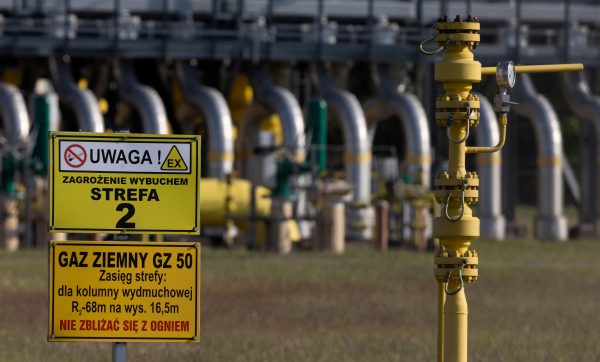Overnight, Russia launched its initial attacks on Ukraine.
The attacks of 23-24 February fell well short of a “shock and awe” campaign to paralyze the entire country. But it was not just the line of engagement in the Donbas, occupied by Russian-led separatists, feeling the explosions.
Overnight reports had Russian rockets and missiles falling in the capital Kyiv, key transportation nodes like Kharkiv, Dnipro, and Mariupol, as well as the port city of Odesa, and even airports in the western Ukrainian cities of Ivano-Frankivsk and Lutsk. These deep strikes by cruise missiles reflect a nationwide effort above and beyond artillery barrages along the line of control in the Donbas.
Initial reports of Russian airborne forces (VDV) taking Kyiv airport and naval infantry landing in Odesa now appear inaccurate, but we are seeing videos of ground forces crossing the border from Belgorod towards Kharkiv, from Belarus and north from occupied Crimea. Belarus has denied its forces are taking part, but it has nonetheless provided a launchpad for the Russian invasion.
These wide-scale and long-range attacks throughout Ukraine make clear that this is a full-scale invasion: Russia’s attacks will not be limited to the Donbas.
Long range strikes will continue to soften up defenses in critical areas, and ground forces including heavy armored units will continue to roll across the border from Russia and from Belarus. Russia may initially avoid the hard task of taking urban areas like Kharkiv and Kyiv, but those cities will be encircled and threatened with the sort of bombardment that flattened Grozny, the Chechen capital attacked in 1999-2000.
Ukraine has reported shootdowns of five jets and one helicopter and says its forces are engaging the Russians across its territory. The Ukrainian people have also shown resolve in the face of the initial assault. Now it is up to the Western democratic nations to respond to Russia’s heinous aggression.




